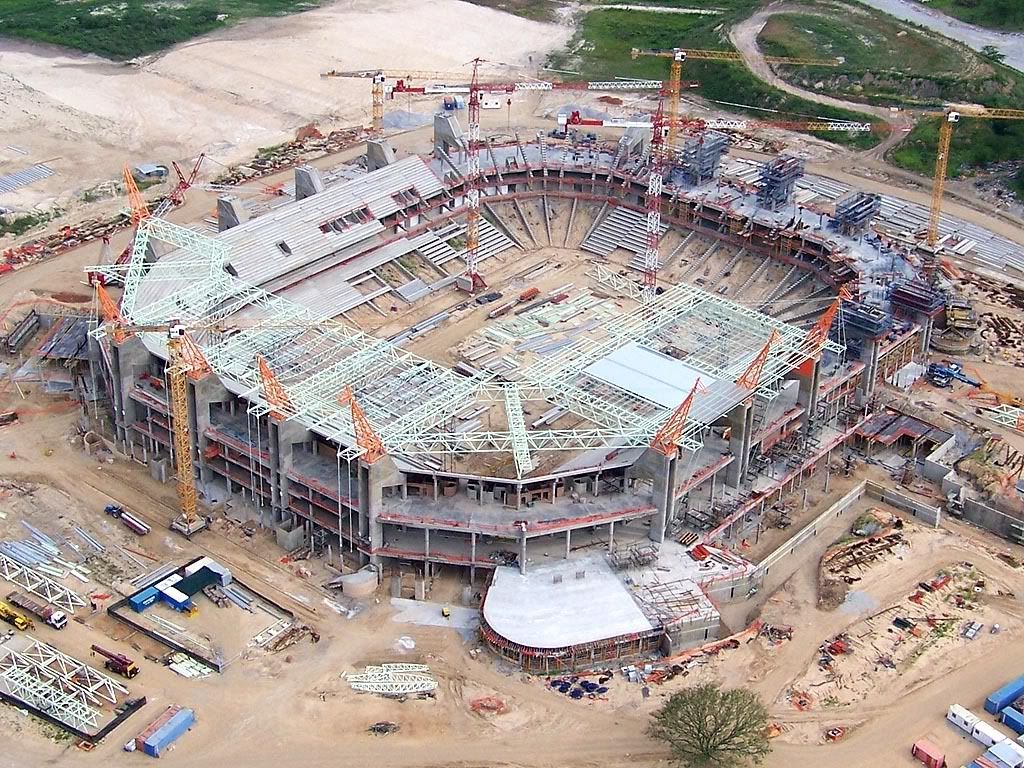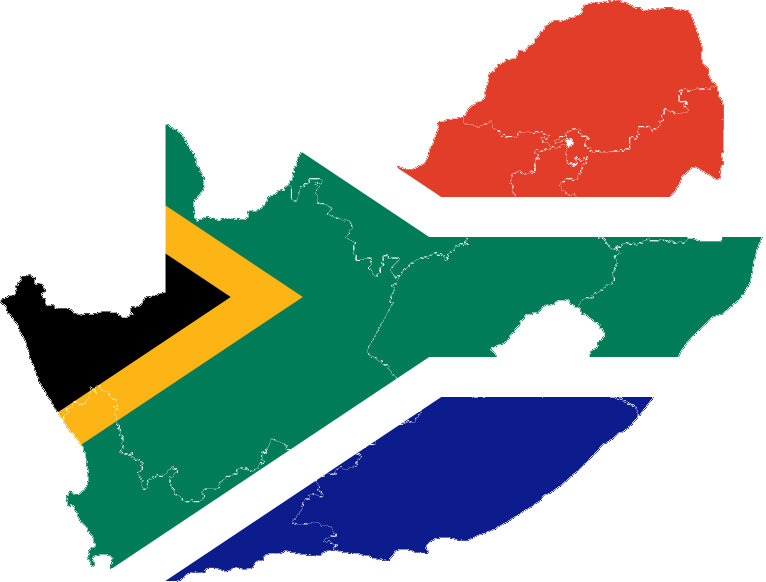Cape Town is a diverse city and is regarded as the melting point for various different cultures in Southern Africa. One would be hard pressed to find a reason not to fall in love with one of South Africa's most iconic city, Cape Town. It has one of the most idyllic settings - nestled between the ocean and breath-taking mountains. The iconic Table Mountain rises 1,086 above the city and has served as a mariner's landmark. On a clear day, the flat-topped mountain is visible 200km out to sea.
The "Mother city", as Cape Town is known in South Africa, has an abundance of contrasting activities from lounging on the Atlantic seaboard's popular beaches to exploring the vividly painted area of the Bo-Kaap. Hout Bay is a hub for fishing, especially tuna and crayfish, and the historical naval base at Simon's Town has a fascinating past.

The Victoria and Alfred (V&A) Waterfront is a great location for shopping, and is also host to the Two Oceans Aquarium, depicting sea life from the Atlantic and Indian Oceans. Long Street has long been a place of bustling nightlife and there is a wealth of museums in the city to discover. The Western Cape area is renowned as a wine-producing area, and there are tours available along the 'wine route'.
Cape Town has distinct Malay influences, reminiscent of days when the spice route traveled via its shores. There are also many foreign people who have made Cape Town their home, and the result is a hybrid of cultures in a cosmopolitan city.
History
It is said that Cape Town had its first inhabitants as early as 100,000 BC, when hunter-gatherers roamed the Cape Peninsula. After the arrival of European sailors in 1652, it became a haven for sailors who traveled along the African coast on the spice route to India.
The city has also played an important role in contemporary South African history. One of the most iconic sites in Cape Town is Robben Island, a place that was used as a prison for political prisoners as early as 1898. Robben Island became famous as the place of incarceration for the Rivonia Trial accused, which included Nelson Mandela, Oliver Tambo, Walter Sisulu and many others.
Cape Town has been the legislative capital of South Africa since 1910. The Houses of Parliament, still in use today, were built in 1885.
Football
Cape Town has produced many of South Africa's top recent internationals such as Shaun Bartlett, Benni McCarthy, Andre Arendse and former legends such as Albert Johannensen and David Julius, who played top football in Europe.
The City has also produced many other top footballers that went on to play for some of the top clubs in Europe. Former Manchester United player, Quinton Fortune is one such example. Fortune signed for United in 1999. .
South Africa's all-time top goalscorer, Benni McCarthy has enjoyed international success, winning the UEFA Champions League with FC Porto under the leadership of Jose Mourinho. He also won a Portuguese top flight Golden Boot. McCarthy has been one of the country's most celebrated players in the last 10 years.
Bartlett played for FC Zurich in 1998 and then made the move to Charlton Athletic in 2000. During his tenure at Charlton, he helped the club consolidate their position in the English top flight..
The now defunct Hellenic FC was the first Cape Town side to win a championship in 1971, soon followed by Cape Town City. In 1995, Cape Town Spurs swept the board and did the double, claiming the league and knockout cup crowns. All three clubs have since folded.
Ajax Cape Town and Santos, champions in 2002, continue to keep professional football alive in the city. Ajax Cape Town is a satellite club of Dutch giants, Ajax Amsterdam and the partnership between the two clubs has seen many players launching their careers in Europe. Those include current Everton star, Steven Pienaar, Bafana Bafana captain, Aaron Mokoena, McCarthy and many others.
Cape Town has a number of clubs that compete in the country;s First Division. They are Ikapa Sporting, FC Cape Town, Hanover Park and Vasco da Gama.
Green Point StadiumOne of the most artistic football venues in South Africa, the newly-built Green Point Stadium is situated in one of the much sought-after areas in the city of Cape Town. Green Point Stadium is one of the two semi-final venues for the FIFA World Cup™.
This multi-purpose venue is also going to be used to stage major events and concerts. Fans will be a stone's throw from the ocean and the mountains of Cape Town will also provide the backdrop for matches. The location is ideal as it is a short walk from the transportation hub of the city. The new stadium has been partly built on land that was previously used as a golf course.

The stadium, which has an exterior that is covered with noise-reducing cladding has a capacity of 70,000 and is scheduled for completion in December 2009. The Green Point Common, on which the new 2010 stadium is being built, was originally much larger than what now remains, and included most of the land between the sea and Signal Hill, stretching from the city centre towards Sea Point.
Cape Town has another world-standard stadium, Newlands, but this is primarily used as a rugby union venue. Post FIFA World Cup, the Green Point Stadium is likely to be used by some of the Cape Town-based professional football outfits that include Ajax Cape Town and Santos.





























